Flor de Guía, Media Flor and Guía cheeses are three types of cheese produced in a completely artisanal way in the municipalities of Santa María de Guía, Gáldar and Moya on the island of Gran Canaria. Flor de Flor cheese is an excellent example of the uniqueness of the agri-food products of the Canary Islands.
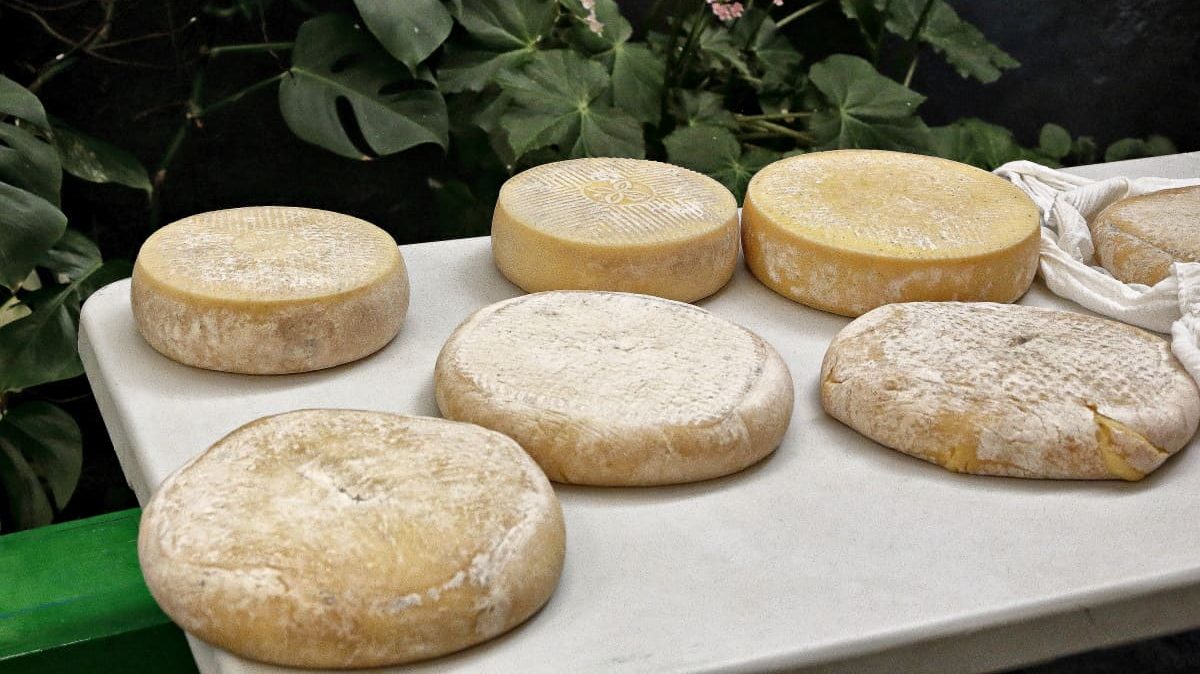
They are made with sheep's milk from the Canary Island breed, although mixtures of cow's milk and even goat's milk from local breeds can also be found.
Characteristics of Flor cheeses
Its main value lies in the fact that it is the only cheese in the Canary Islands that uses a vegetable coagulant, the thistle flower, to coagulate the milk. This peculiar production process, together with the extraordinary quality of the local milk, rich in aromatic grasses, has given these cheeses very distinctive characteristics. All this has made them worthy of the Protected Designation of Origin in 2007.
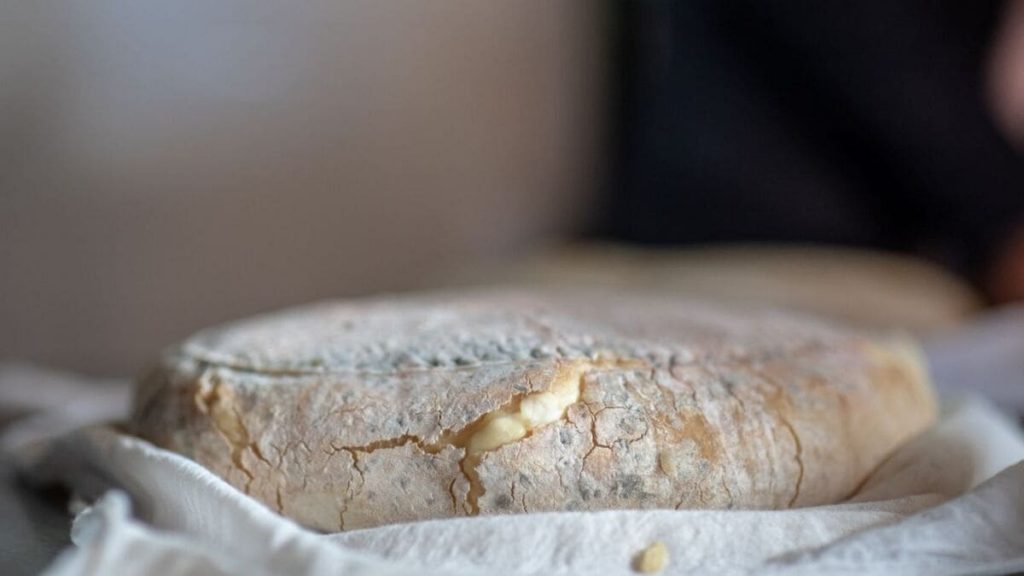
These cheeses weigh between two and five kilos and have a cylindrical shape with rounded edges. They are waxy in appearance and range in colour from ivory white to straw yellow, darkening as they mature. Its lateral edges are smooth and on the flat sides it shows the impression of a flower-shaped pattern.
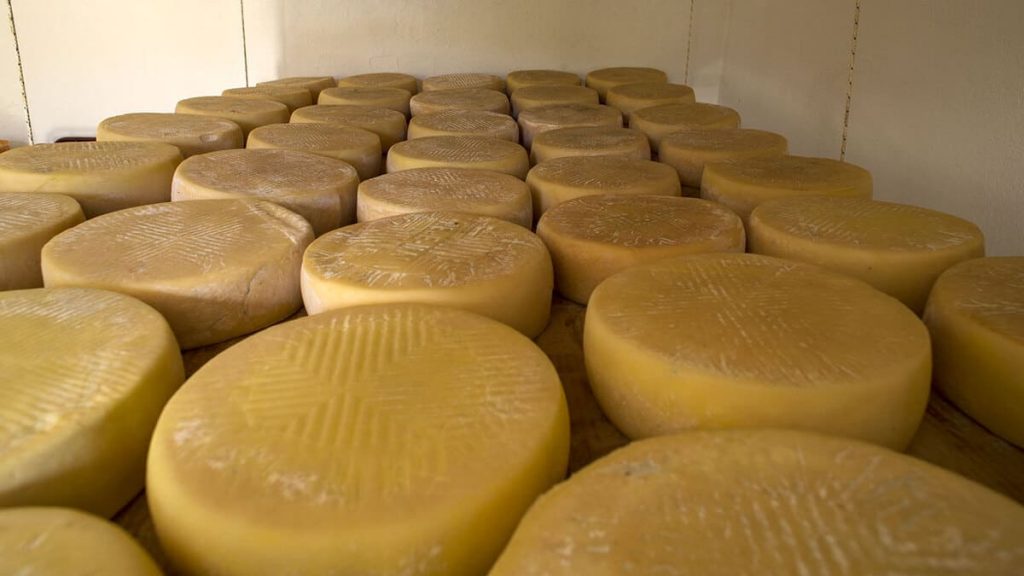
Its paste is soft, almost melting, and its aromas change as it matures. Initially it gives off hints of dried fruit with a bitter touch, giving way to more pronounced and even slightly spicy aromas. To enjoy all the aroma and flavour that identifies these cheeses, it is advisable that a period of at least fifteen days elapses from their production.
The thistle flower
The fermentation or curdling process is carried out by means of the flower of the thistle or artichoke, which is therefore a vegetable rennet, particularly the species Cynara cardunculus var. Ferocissima and Cinara scolymus.
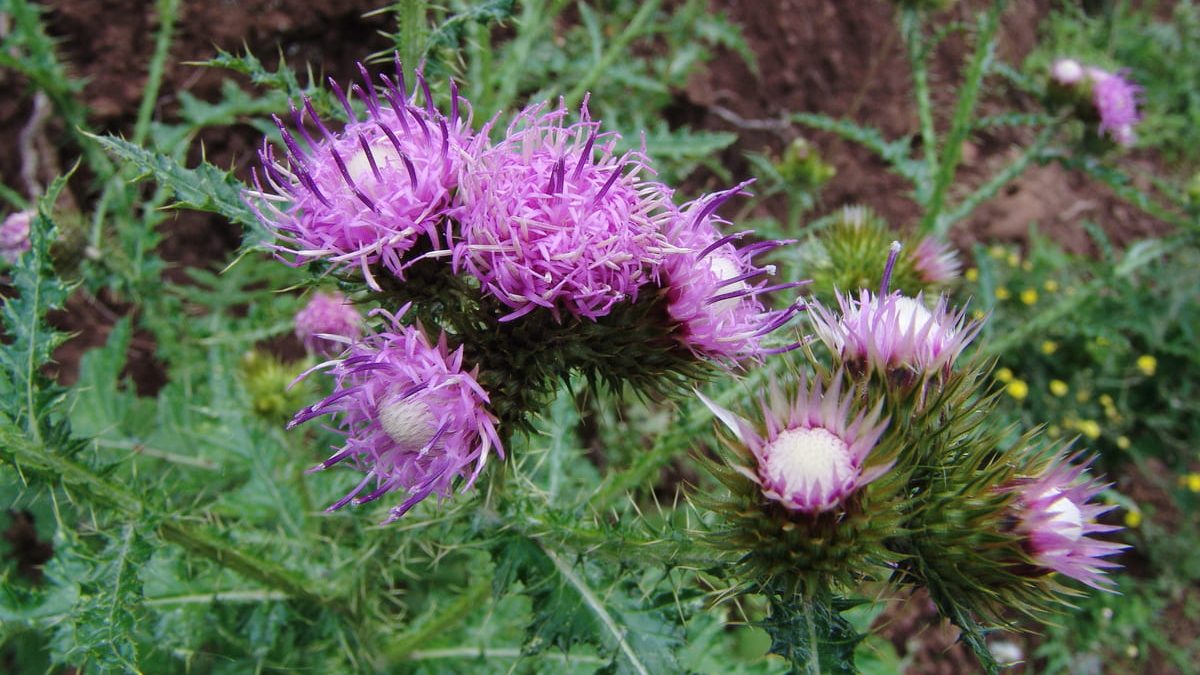
The thistle flowers in the months of April to May. Its flower is cut and set aside so that it does not dry out and a suitable dose is always used to curdle the milk.
Differences between cheeses
These cheeses are usually fatty or semi-fatty and, although a mixture of milks is permitted, Canary Island sheep's milk must always account for at least 60 %. In addition, the maximum percentage of Canary Island cow's milk and its crossbreeds may not exceed 40 %. Similarly, the maximum proportion to be used of goat's milk from any of the Canary Island breeds is set at 10 %.
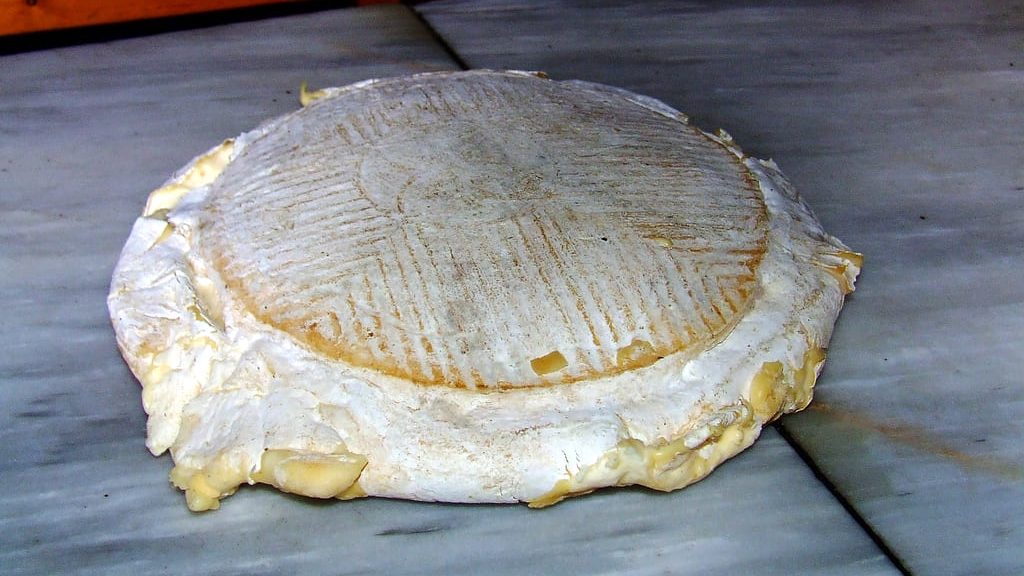
As mentioned at the beginning of this article, there are three varieties of cheese:
Flor de Guía Cheese
In this type of cheese, the milk is coagulated exclusively with vegetable rennet. It is obtained from the dried flower heads of the thistle varieties Cynara cardunculus var. Ferocissima and Cynara scolymus.
Half Flor de Guía Cheese
For this type of cheese, the milk is coagulated with vegetable rennet obtained from the dried flower heads of the same thistle varieties as Flor de Guía cheese. The percentage of vegetable rennet is always higher than 50 %.
Queso de Guía
For this type of cheese, the milk is coagulated using animal and/or vegetable rennet. Other authorised types of rennet may also be used. The protected cheeses are classified according to the degree of maturity as semi-cured and cured.
Semi-cured cheeses are those whose maturing process is between 15 and 60 days. Cured cheeses, on the other hand, are matured for more than 60 days.
Flower Cheese Labelling
Cheeses covered by the Protected Designation of Origin intended for consumption must bear a numbered label or back label which will be checked, supplied and issued by the management body. This label must be affixed before the cheeses are put into circulation and in such a way as to prevent them from being used again.
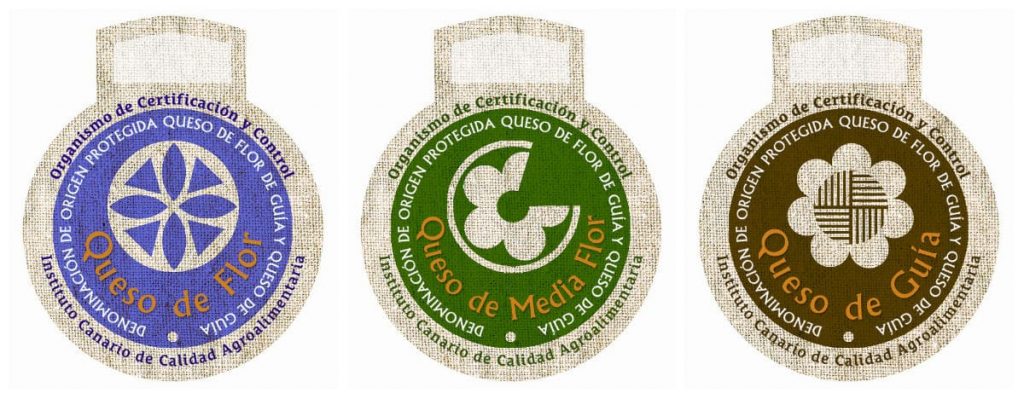
The name of the Protected Designation of Origin, the date of production and the general information laid down in the legislation in force must appear prominently on the labels of each maturing plant. The words 'Queso de Flor de Guía', 'Queso de Media Flor de Guía' and 'Queso de Guía' must also appear.
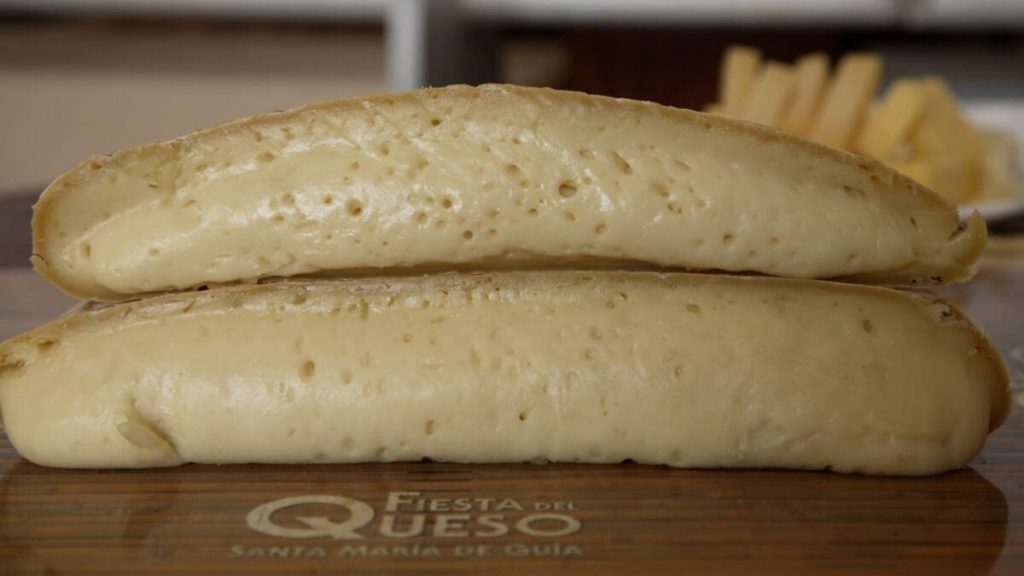
If you are interested in the world of products made in the Canary Islands and want to know more about them, here are some articles for you to read: Canarian hot pepper, a fundamental ingredient; Malvasía volcánica, the Lanzarote grape; Morena in the Canary Islands, tradition and beauty.
Similarly, on the website Marca Canaria we offer you a selection of cheese dairies throughout the Islands that may also be of interest to you.
Paula Vera
Photos: grancanaria.com; guiarepsol.com; descubreguia.com; Government of the Canary Islands.



